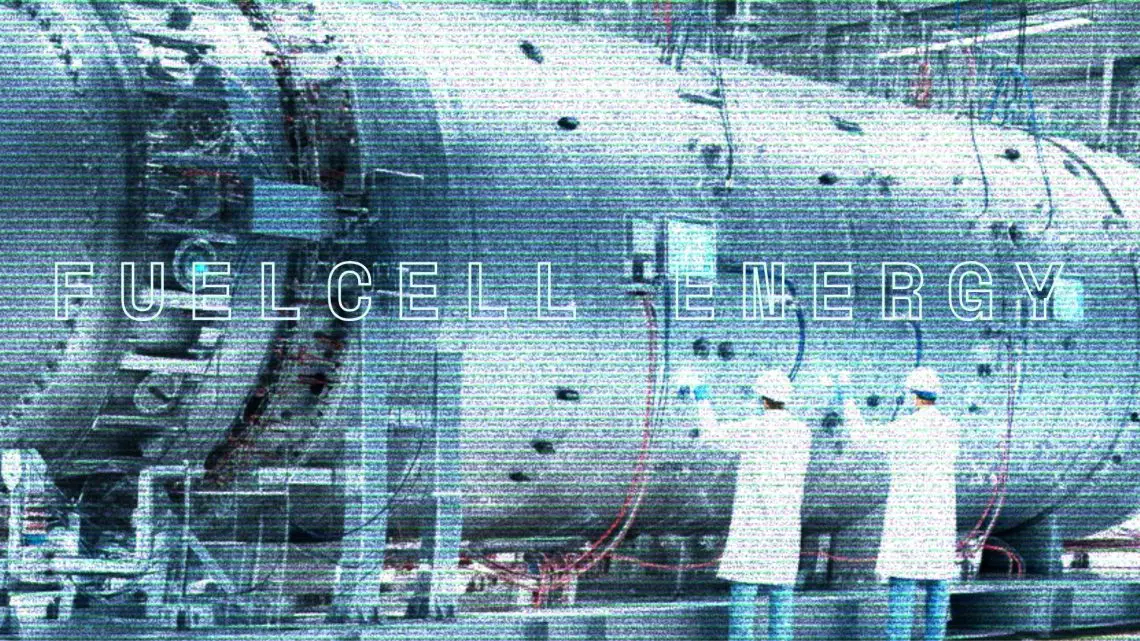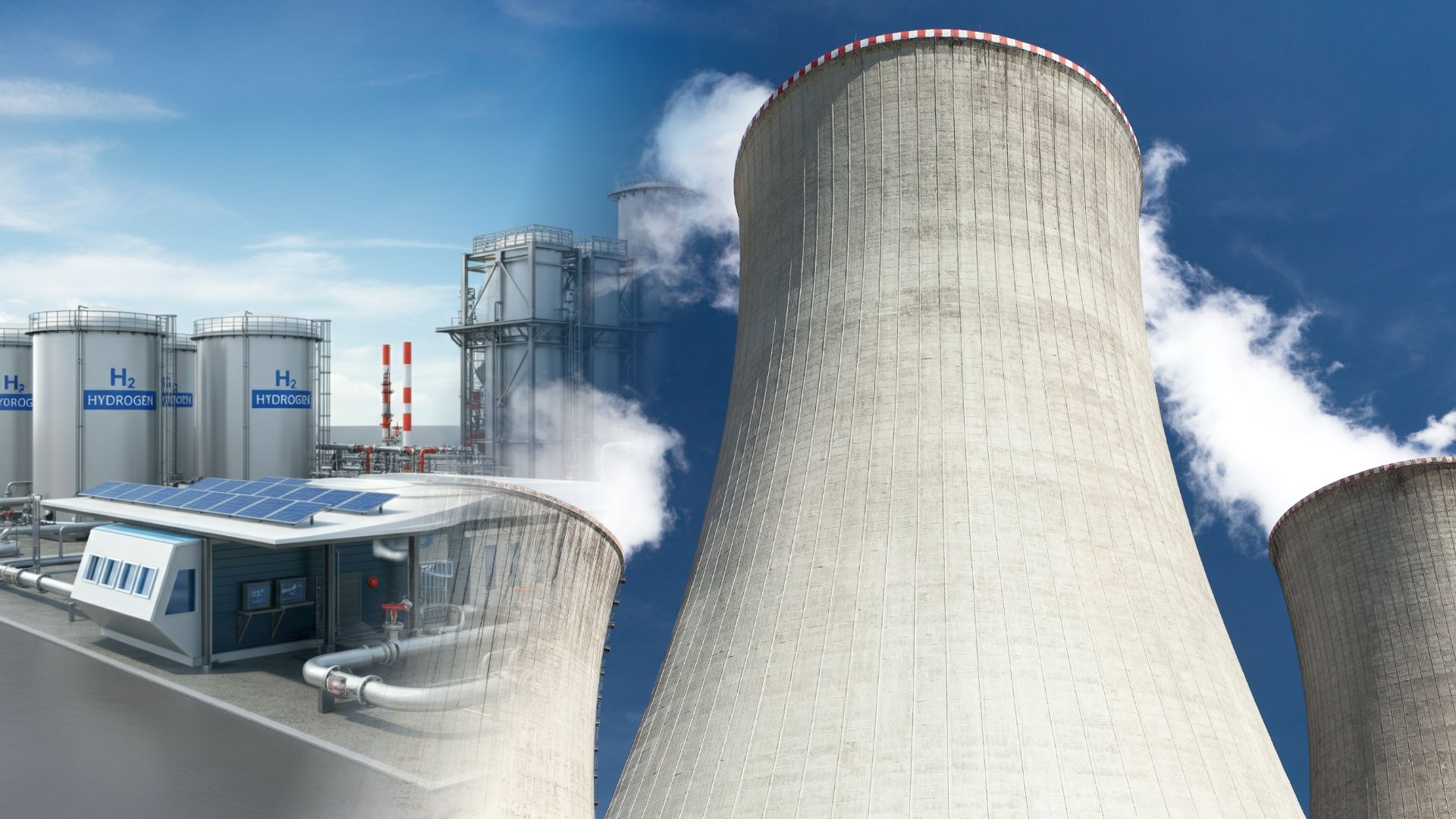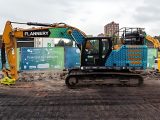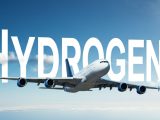
FuelCell Energy’s SOEC System: The Largest Electrolyzer Tested at INL
February 10, 2025Pioneering Hydrogen Production with FuelCell Energy’s SOEC Technology
FuelCell Energy (NASDAQ: FCEL) continues to push the boundaries of clean energy with its innovative Solid Oxide Electrolysis Cell (SOEC) technology. Currently undergoing testing at the renowned U.S. Department of Energy’s Idaho National Laboratory (INL), the system represents a significant leap forward in hydrogen production, efficiency, and its ability to complement nuclear energy. But what makes this development truly exciting is its potential to redefine how we think about clean, affordable hydrogen and its role in the energy mix.
How Does the SOEC Technology Work?
At its core, FuelCell Energy’s SOEC technology is an electrolyzer that splits water molecules (H₂O) into hydrogen (H₂) and oxygen (O₂) using electricity. Here’s where it stands out—by integrating heat from external sources, such as nuclear reactors, the system can operate with up to 100% efficiency.
Under typical circumstances, electrolysis requires substantial energy input, often making hydrogen production expensive. FuelCell Energy’s SOEC taps into waste heat generated by nuclear power plants, significantly reducing the electricity needed for the process. This efficiency translates to up to a 30% reduction in hydrogen production costs, which could remove one of the biggest roadblocks to widespread adoption of hydrogen as an energy source.
At INL, the electrolyzer is generating 150 kilograms of hydrogen per day from 250 kilowatts of nuclear-generated electricity. This impressive output could provide a scalable, cost-effective model for combining hydrogen production with other energy sectors.
Key Insights into FuelCell Energy’s SOEC Testing and Goals
-
Project Overview:
- Partially funded by a 2020 U.S. Department of Energy Office of Nuclear Energy award.
- Aims to explore how hydrogen production can help nuclear plants diversify operations and increase profitability by switching between electricity generation and hydrogen production.
-
Testing Goals:
- Focuses on the potential commercialization of advanced modular reactor designs (200–500 MW) paired with SOEC utility-scale electrolyzers.
- Involves the largest electrolyzer ever tested at Idaho National Laboratory (INL).
-
Efficiency and Output:
- The electrolyzer is expected to achieve 100% efficiency by converting all electricity and water into zero-carbon hydrogen.
- Produces 150 kilograms of hydrogen per day using 250 kilowatts of nuclear-generated electricity.
- Demonstrates the benefits of using waste heat from nuclear power plants to achieve maximum efficiency.
-
Technology Highlights:
- Unlike previous tests on electrolysis “stacks,” this is a fully integrated solid oxide electrolyzer system.
- The system takes in cold water and electricity, converting it into hydrogen, and can reach 100% efficiency when external heat (e.g., from nuclear plants) is added.
- Reduces hydrogen production costs by up to 30%, addressing a major barrier to hydrogen adoption.
Nuclear Energy’s Role in the Hydrogen Economy
One of the intriguing aspects of this project is its emphasis on utilizing nuclear power for clean hydrogen production. Nuclear energy stands out as an ideal baseload power source—generating electricity continuously and consistently. However, during times of low electricity demand, reactors often have unused capacity.
FuelCell Energy’s system offers a compelling solution. By siphoning that “idle” energy to produce hydrogen instead, nuclear plants could pivot between electricity generation and hydrogen production, diversifying their operations and improving profitability. This adaptability is especially relevant as advanced small modular nuclear reactor designs—such as those in the 200–500MW range—are poised to become more common. These compact reactors partner well with modular electrolysis systems like FuelCell Energy’s SOEC.
Recent Developments in Hydrogen Legislation
The timing of this initiative aligns perfectly with recent updates to U.S. hydrogen policies. The 45V hydrogen tax credit rules were recently eased, providing more clarity and incentives for hydrogen production tied to clean energy sources, including nuclear power. This policy shift could further accelerate the commercial viability of systems like FuelCell Energy’s SOEC.
The relaxed rules help bridge gaps in green energy financing, making projects like the INL collaboration more economically attractive. It’s worth noting that clean hydrogen stands as a linchpin in U.S. efforts to decarbonize sectors, from heavy industry to transportation, where electrification is challenging.
Overcoming Challenges and Scaling for Impact
While this innovation looks promising, scaling is the next big hurdle. FuelCell Energy’s system is built with a modular design, making it adaptable for various applications and installation sizes. It can even be transported on two flatbed trucks, a logistical advantage for remote sites like industrial plants or data centers.
However, real-world adoption will require continued investment and collaboration across the energy sector. Industry players need to see clear, long-term cost benefits and government policies must stay committed to encouraging clean hydrogen initiatives.
How Can We Apply This Technology Today?
The takeaway for today is clear. FuelCell Energy’s hydrogen integration technology offers an immediate solution for underused nuclear facilities and an effective way to scale hydrogen production globally. By repurposing existing energy infrastructure—whether that’s pairing reactors with electrolyzers or linking hydrogen pipelines to industrial hubs—we can start to see tangible benefits.
For instance, energy companies looking to establish clean hydrogen supply chains should consider installing similar electrolyzers at wind, solar, or nuclear sites. Public transportation systems could leverage hydrogen for clean, long-range fuel in buses, freight, and beyond. And R&D facilities like INL can act as hubs to test hybrid systems that pair clean hydrogen with renewable power sources.



 With over 15 years of reporting hydrogen news, we are your premier source for the latest updates and insights in hydrogen and renewable energy.
With over 15 years of reporting hydrogen news, we are your premier source for the latest updates and insights in hydrogen and renewable energy.
“Demonstrates the benefits of using waste heat from nuclear power plants to achieve maximum efficiency” The efficiency cannot be assigned to the Electrolyzer. Electrolyzer is not 100%, even though was integrated with the Nuclear Reactor: Excellent idea but does not make the electrolyzers 100%.